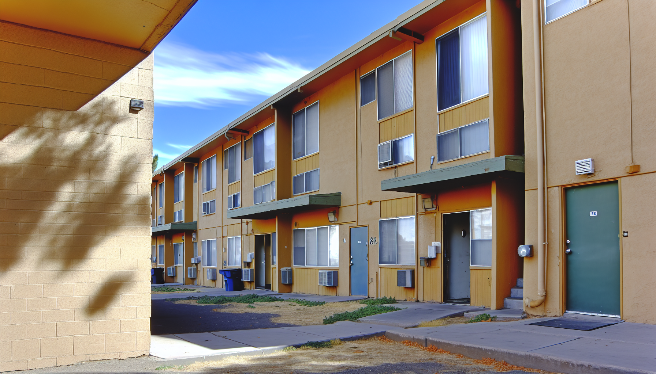Navigating the world of affordable housing can often seem like a maze of regulations and procedures. Among the most crucial steps for tenants and landlords participating in the Section 8 Housing Choice Voucher program is the housing inspection process. Understanding these inspections is vital for ensuring housing is safe and inhabitable for lower-income families. In this post, we’ll take a closer look at what Section 8 housing inspections entail and how you can prepare for them.
What Are Section 8 Housing Inspections?
Section 8 housing inspections are part of the process to ensure that any property rented to a voucher holder meets the minimum standards of health and safety set by the Department of Housing and Urban Development (HUD). These inspections are required both before a tenant moves in and annually throughout the duration of the lease when subsidized by the program.
Why Are Inspections Necessary?
The goal of housing inspections under the Section 8 program is twofold. Firstly, they protect the interest of tenants by preventing them from living in substandard conditions. Secondly, they safeguard the government’s investment, ensuring that public funds are used for housing that is deemed worthy and safe.
The HUD’s Housing Quality Standards (HQS)
HQS are the benchmark for every inspection. These standards assess various aspects of the property including the overall structure, the function of systems like heating and plumbing, and the presence of safety measures such as smoke detectors. A property must meet these guidelines to pass the inspection.
Before the Inspection: Tips for Preparation
Landlords and tenants both have a role in preparing for an inspection. Checking that all the basic utilities are functioning, ensuring the property is clean, and making repairs to any obvious defects, like broken windows or leaky faucets, can significantly increase the chances of passing the inspection.
For Tenants
- Test smoke alarms and carbon monoxide detectors.
- Ensure no personal belongings block access to areas or systems the inspector needs to check.
For Landlords
- Double-check that all appliances provided are in working order.
- Touch up chipping paint, especially if it’s on older buildings that might contain lead.
During the Inspection: What to Expect
An inspector, often from the local Public Housing Authority (PHA), will go through every room in the house and the exterior to ensure compliance with HQS. They will look for possible hazards and require repairs for any they find. This process is thorough but generally straightforward.
After the Inspection: Passing and Failing
If the property meets the HQS, the PHA will approve the housing for a Section 8 tenant. If it doesn’t, the landlord will receive a list of what needs to be addressed. A reinspection will follow after repairs have been completed. Tenants can stay informed by communicating with their landlords and the PHA to know when they can expect to move in or the changes they might need in their current home.
By understanding the Section 8 housing inspection process, landlords can make necessary adjustments for compliance, and tenants can ensure their prospective homes will be safe and comfortable. As a community, coming together to ensure these standards can improve the quality of living for everyone involved. Stay informed, stay prepared, and let’s continue working towards the stable and secure housing that every person deserves.



